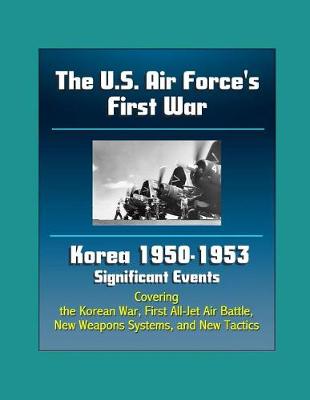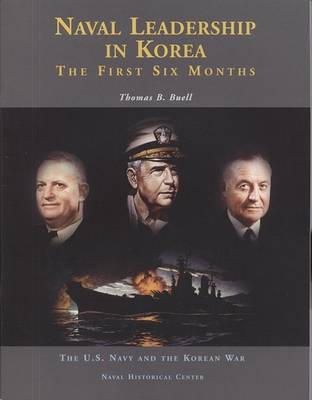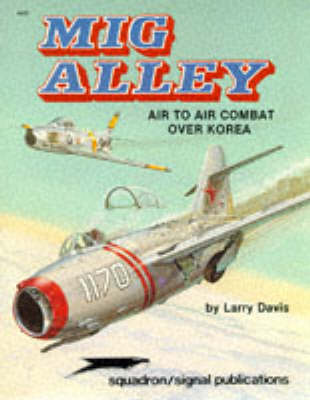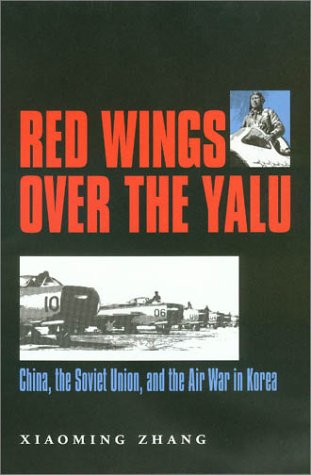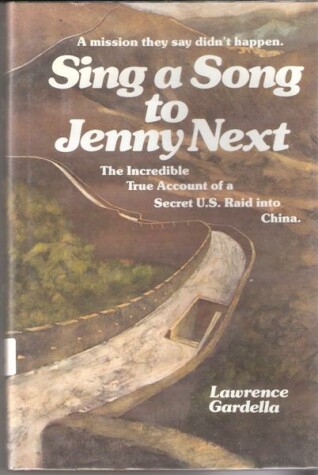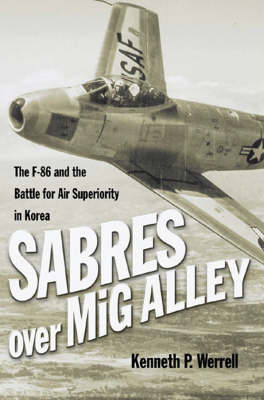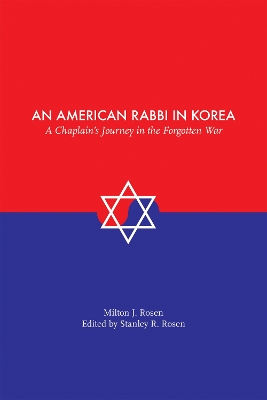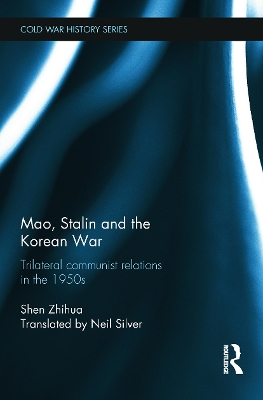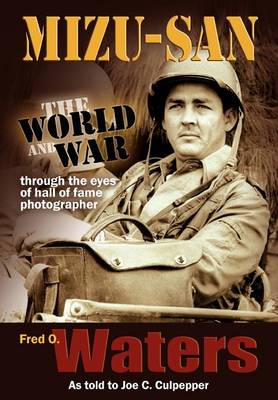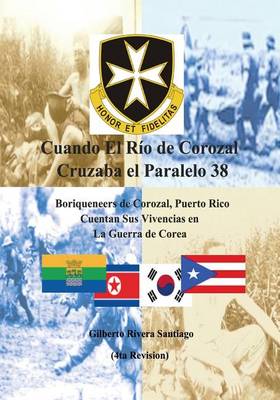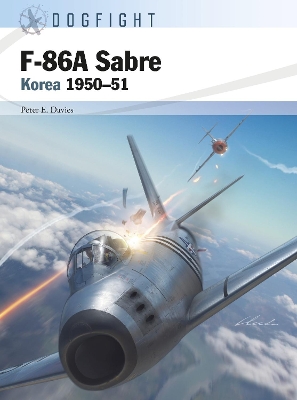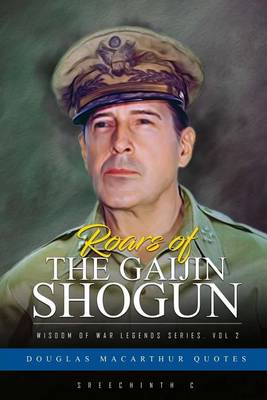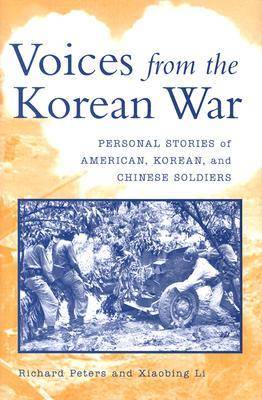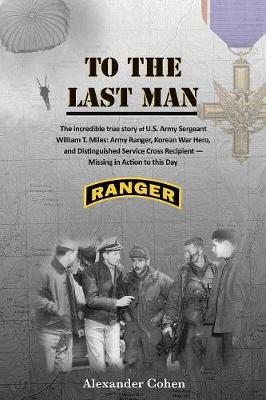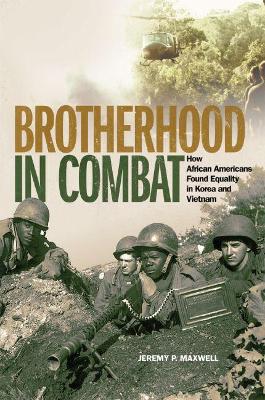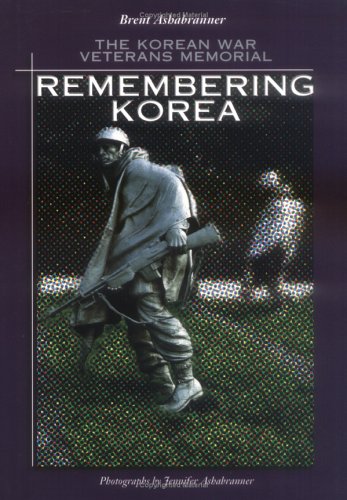The U.S. Air Force's First War
by Department of Defense, U S Military, and U S Air Force (Usaf)
Naval Leadership in Korea (U.S. Navy and the Korean War)
by Thomas B. Buell
Red Wings Over the Yalu (Texas A & M University Military History)
by Xiaming Zhang
The Korean War was a pivotal event in China's modern military history. The fighting in Korea constituted an important experience for the newly formed People's Liberation Army Air Force (PLAAF), not only as a test case for this fledgling service but also in the later development of Chinese air power. Xiaoming Zhang fills the gaps in the history of this conflict by basing his research on declassified Chinese and Russian archival materials and interviews with Chinese participants in the air war ove...
Almost chucked out of the Marines in 1952 when they found he had lied about childhood asthma, his reprieve was to join what turned out to be a top-secret commando unit on a lethal, and colorful, odyssey through Manchuria and Northwest China. The task force was to rendezvous with local insurgents, and blow up laboratories where nuclear materials were stored and research conducted. Dying of leukemia several decades later, Gardella decided to spill his story, for three reasons. First, the six men s...
In February 1952, Army 1st Lieutenant Ben Malcom embarked on one of the untold stories of the Korean War - the special operations of the United Nations Partisan Infantry Korea (UNPIK). Operating from a clandestine camp on the island of Paengnyong, Malcom co-ordinated the intelligence activities of 11 partisan battalions, including one known as the White Tigers. With Ben Malcolm's experiences as its focus, this book examines all aspects of guerrilla activities in Korea. The story of small-unit op...
Thunderbolt (Association of the United States Army S.) (Warriors S.)
by Lewis Sorley
He has been called the greatest American general since U.S. Grant (by Sir Robert Thompson) and the world's champion tank commander (by Gen. George S. Patton, Jr.). Yet the general public knows relatively little about this man who, for more than four decades, in three wars and in peacetime, demonstrated the skill, courage, integrity, and compassion that made him a legend in his profession. In Thunderbolt, Lewis Sorley brings us the definitive biography of Gen. Creighton Abrams, the man who comman...
Today the Korean War of 1950-1953 is overshadowed by later twentieth-century conflicts in Vietnam and the Middle East, yet at the time it was the focus of international attention. It threatened to lead to a third world war, and although fought on a limited scale, it still involved over a million men under UN command and even more on the Communist side. It left the American and British troops who took part with a range of intense recollections that often marked them for the rest of their lives, a...
Combining hardware and personnel, design and operations, a former U.S. Air Force pilot and aviation historian focuses on the one clear American victory of the Korean War, the jet fighter battle between the F-86 and the MiG-15. Kenneth P. Werrell explains how, despite being outnumbered, the USAF won air superiority in Korea with an aircraft that was initially inferior to its opponent. His book examines the Sabre's design and development, its combat service, and efforts to improve its performance....
A firsthand account of the American Jewish experience on the frontlines. During the height of the Korean conflict, 1950-51, Orthodox Jewish chaplain Milton J. Rosen wrote 19 feature-length articles for Der Morgen Zhornal, a Yiddish daily in New York, documenting his wartime experiences as well as those of the servicemen under his care. As chaplain, Rosen was able to offer a unique account of the American Jewish experience on the frontlines and in the United States military while also describin...
This book examines relations between China and the Soviet Union during the 1950s, and provides an insight into Chinese thinking about the Korean War. This volume is based on a translation of Shen Zihua’s best-selling Chinese-language book, which broke the mainland Chinese taboo on publishing non-heroic accounts of the Korean War.The author combined information detailed in Soviet-era diplomatic documents (released after the collapse of the Soviet Union) with Chinese memoirs, official document co...
Cuando El Rio de Corozal Cruzaba El Paralelo 38
by Gilberto Rivera Santiago
Strap in alongside the Sabre pilots as they experienced the world's first large-scale jet-vs-jet combats. Brought to life with innovative tactical artwork and dramatic first-hand accounts from the pilots themselves. The F-86A Sabre had entered USAF service in 1949, and in December 1950 three squadrons were sent to South Korea. Despite primitive basing conditions and overwhelming Chinese opposition, the Sabre pilots stopped communist air forces from attacking UN ground troops and allowed Allied...
The Korean War in Britain (Cultural History of Modern War)
by Grace Huxford
The Korean War in Britain explores the social and cultural impact of the Korean War (1950-53) on Britain. Coming just five years after the ravages of the Second World War, Korea was a deeply unsettling moment in post-war British history. From allegations about American use of 'germ' warfare to anxiety over Communist use of 'brainwashing' and treachery at home, the Korean War precipitated a series of short-lived panics in 1950s Britain. But by the time of its uneasy ceasefire in 1953, the war was...
"In three days the number of so-called 'volunteers' reached over three hundred men. Very quickly they organized us into military units. Just like that I became a North Korean soldier and was on the way to some unknown place." -- from the book South Korean Lee Young Ho was seventeen years old when he was forced to serve in the North Korean People's Army during the first year of the Korean War. After a few months, he deserted the NKPA and returned to Seoul where he joined the South Korean Marine...
African American leaders such as Frederick Douglass long advocated military service as an avenue to equal citizenship for black Americans. Yet segregation in the U.S. armed forces did not officially end until President Harry Truman issued an executive order in 1948. What followed, at home and in the field, is the subject of Brotherhood in Combat, the first full-length, interdisciplinary study of the integration of the American military during the Korean and Vietnam Wars. Using a wealth of oral...
Remembering Korea (Great American Memorials)
by Brent K Ashabranner and Ashabranner Brent
